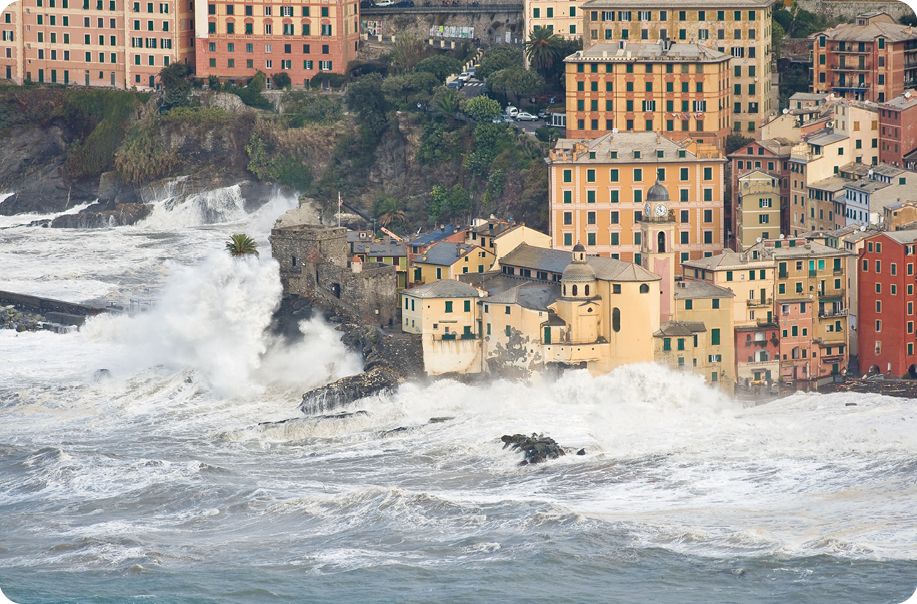Stainless steel in infrastructure: bridges

Life Cycle Cost (LCC) evaluations consistently show the benefits of providing operation with as little maintenance as possible over a lifetime exceeding a century. Stainless steels, especially Duplex stainless steels, offer an extremely attractive way of providing structural integrity over unlimited time, thanks to their high strength and their corrosion resistance that meets all climates and weather conditions. The extra cost over a cheap short-term solution is less than 10% when used in the critical areas.
This brochure and webinar illustrate the use of stainless steels for road, pedestrian, rail, mixed rail/road/cycles traffic. They are located in hot and cold climates, inland and on the seaside. Various product forms, tubes, tie rods, rebar, plates, fasteners, etc.. have been used, demonstrating the wide range of options available to the architects/civil engineers.
This brochure is available in English and German [clicking on the language will open the pdf]
Watch the webinar











